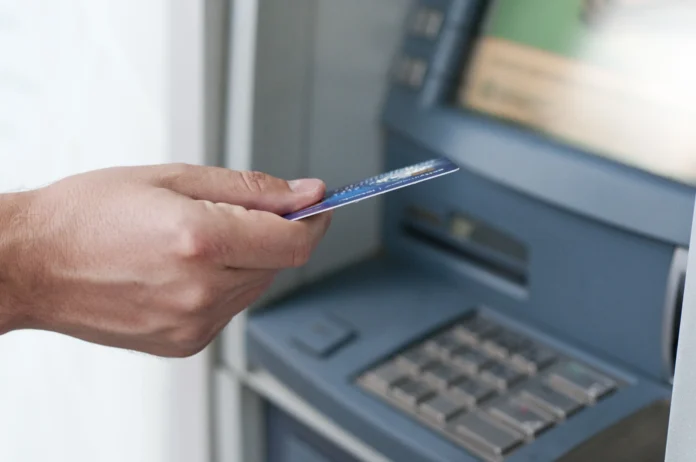Starting May 1, 2025, customers in India will face a slight increase in ATM withdrawal fees once they cross their free monthly withdrawal limits. The Reserve Bank of India (RBI) has revised the charges to help banks manage the growing costs associated with ATM operations. This article breaks down the new fee structure, explains the free withdrawal limits, and offers tips on how to avoid additional charges.
What Are the Revised ATM Charges?
The new fee for ATM transactions beyond the free limit will be ₹23 per transaction, up from the previous ₹21. This increase of ₹2 per transaction is aimed at covering the rising expenses banks incur for ATM maintenance, security enhancements, and technology upgrades. These charges apply to withdrawals made at ATMs of banks other than your own after you exceed the free transaction quota.
Free ATM Transactions Limits Stay the Same
The RBI has maintained the existing free ATM transaction limits for savings account holders. These limits apply to both cash withdrawals and non-cash transactions like balance checks or mini-statements. The free transaction limits are as follows:
- At your own bank’s ATMs: 5 free transactions per month
- At other banks’ ATMs in metropolitan cities: 3 free transactions per month
- At other banks’ ATMs in non-metropolitan areas: 5 free transactions per month
Once these limits are crossed, the new fee of ₹23 per transaction will be charged.
Why Has the RBI Increased ATM Fees?
The increase in ATM fees comes after consultations with the National Payments Corporation of India (NPCI) and feedback from banks and white-label ATM operators. These stakeholders have highlighted that the previous fee structure was insufficient to cover the operational costs of running and securing ATM networks. The fee hike is intended to ensure the sustainability of ATM services and encourage banks to invest in better infrastructure.
How Will This Affect Customers and Banks?
Impact on Customers
For customers who frequently withdraw cash, especially from ATMs of banks other than their own, the increased fees will mean higher costs once the free limit is exceeded. This change is particularly significant for users of smaller banks, which often have fewer ATMs and rely on larger banks’ ATM networks.
Impact on Banks
Smaller banks may face increased operational challenges due to these changes, as they depend heavily on shared ATM infrastructure. The fee hike may also motivate customers to use their own banks’ ATMs more often or switch to digital payment methods to avoid extra charges.
How to Avoid Paying Extra ATM Fees
Here are some practical tips to minimize ATM fees:
- Use your own bank’s ATMs for withdrawals and balance inquiries to maximize your free transactions.
- Plan your cash withdrawals carefully to stay within the free monthly limits.
- Adopt digital payment methods such as UPI, mobile wallets, and online banking to reduce dependence on cash.
- Make fewer, larger withdrawals rather than multiple small ones to reduce the number of transactions.
Final Thoughts
The RBI’s decision to increase ATM fees reflects the rising costs of maintaining a secure and extensive ATM network across India. Although the fee hike is modest, it highlights the importance of being mindful about ATM usage and exploring digital payment options to avoid unnecessary charges.
By staying informed and planning your transactions wisely, you can minimize the impact of these changes on your banking expenses and continue to enjoy convenient access to your money.



